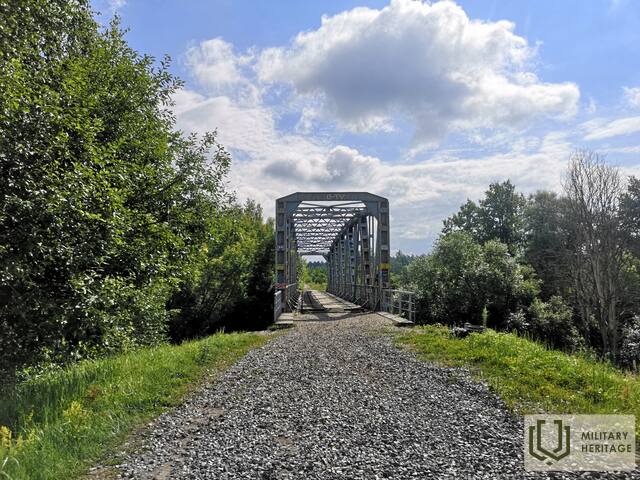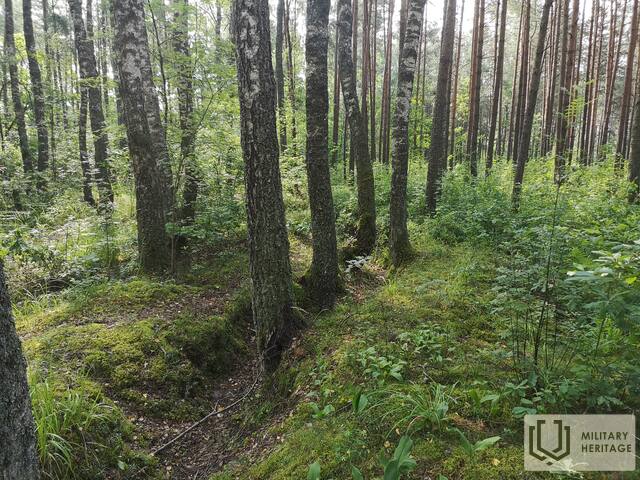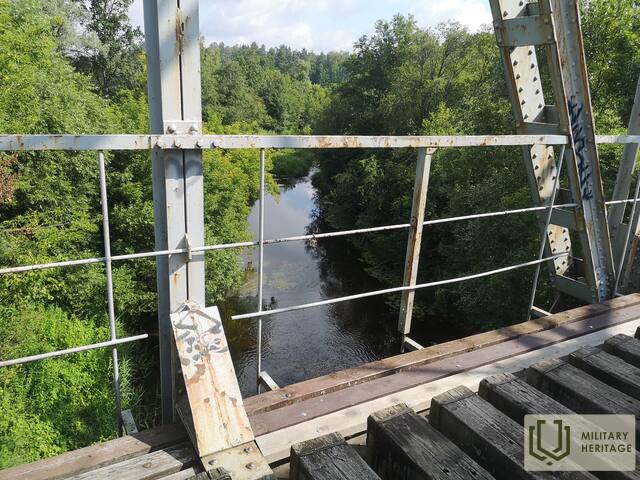River trenches Fortification

The first leg of the route is in the center of the River Valley at the bus stop.
On the morning of September 1, 1917, after a three-hour artillery fire, the Germans began construction of three wooden pontoon bridges over the Daugava near Ikšķile. Approximately 560,000 rounds were fired from 1,159 cannons and mortars, which completely suppressed 66 Russian cannons and forced the retreat of the 186th division on the right bank of the Daugava. The commander of the 12th Russian Army, General Parskis, ordered the 43rd Corps to carry out a counterattack at the break and handed over to the Commander of the Corps the 33rd, 136th, 138th Division, 116th Division and 2rd Latvian Rifle Brigade.
On the afternoon of September 1, Latvian riflemen were ordered to fight against the Germans crossing the Daugava. The 2nd Latvian Rifle Brigade from Ropaži went towards the attacking German units and the soldiers of the 5th Zemgale Latvian Rifle Regiment reached the fortified positions along the right bank of the Little Jugla River around four in the afternoon. After the artillery fire, an attack on the positions of Latvian riflemen began in the middle of September 2. The defensive battles took place on the 14 km long front along the right bank of the Little Jugla. Soldiers of the 2nd Latvian Rifle Brigade with a few cannons opposed a numerically and technically stronger group of German troops, who also used aviation, fire throwers and cannon-filled cannon grenades in the attack. The riflemen managed to hold the front heroically for 26 hours until September 3. Having fulfilled their mission, the surviving Latvian soldiers resigned to the positions of Sigulda and Cēsis by order of the 12th Army Command. The losses were very severe - the 5th Zemgale and 6th Tukums Latvian Rifle Regiments knocked out more than half of the fighters, the 7th Bauska and 8th Valmiera Latvian Rifle Regiments suffered less.
Used sources and references:
Wikipedia.
















